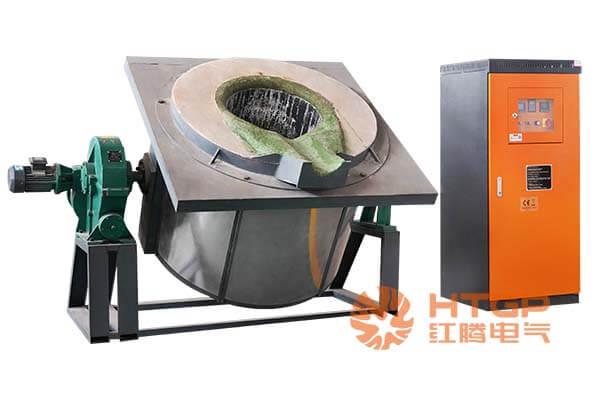How to Choose the Appropriate Furnace Lining Material for Melting Furnace?
Selecting the appropriate furnace lining material when melting different metals is a complex and critical process that involves an in-depth understanding of metal properties, furnace lining material properties, and actual production conditions.

In-depth understanding of metal properties
Different metals have different melting points, coefficients of thermal expansion, chemical reactivity, and reactivity with other materials. For example, aluminum is a reactive metal that readily reacts with many oxides; copper has good thermal and electrical conductivity. Therefore, when selecting furnace lining materials, these characteristics of the metal need to be fully considered to ensure that the furnace lining can remain stable at high temperatures and avoid harmful reactions with the metal.
Performance evaluation of furnace lining materials
High temperature stability: Furnace lining materials must be able to maintain structural stability at high temperatures without softening, deforming or melting. This requires the furnace lining material to have high refractoriness and thermal shock resistance.
Chemical stability: The furnace lining material should be able to resist the erosion of molten metal and should not react chemically with the metal or form harmful compounds. This usually requires the furnace lining material to be less chemically reactive.
Thermal conductivity and electrical conductivity: In order to reduce energy consumption and improve efficiency, the furnace lining material should have low thermal conductivity and electrical conductivity to reduce heat loss.
Wear resistance and erosion resistance: The furnace lining material must be able to withstand the erosion of molten metal and the wear of slag to maintain its long-term stability.
Types and selection of furnace lining materials
There are many types of furnace lining materials on the market, including refractory bricks, refractory concrete, ceramic fiber, etc. Each material has its own unique properties and range of applications. For example, refractory bricks have high refractoriness and good chemical stability and are suitable for high-temperature smelting; while ceramic fibers have low thermal conductivity and high thermal efficiency and are suitable for energy-saving smelting furnaces.
When selecting furnace lining materials, comprehensive considerations need to be made based on factors such as metal characteristics, melting temperature, production environment, and economic costs. For high-temperature smelting and highly reactive metals, furnace lining materials with higher refractoriness and chemical stability should be selected; for energy-saving melting furnaces, priority should be given to furnace lining materials with lower thermal conductivity.
Matching test and optimization
To ensure the suitability of the selected furnace lining material, matching tests are required. During the test, actual production conditions can be simulated and the performance of the furnace lining material under high temperature, chemical attack, and liquid metal erosion can be observed. Based on the test results, the formula, manufacturing process or usage method of the furnace lining material can be optimized to improve its performance and service life.
In addition, with the advancement of science and technology and the continuous emergence of new materials, the selection of furnace lining materials is also expanding. Therefore, when selecting furnace lining materials, you should pay attention to the latest technological trends and market information in order to select the most suitable furnace lining material.
In Summary
Selecting the appropriate furnace lining material when melting different metals is a complex and critical process. By in-depth understanding of metal properties, evaluating the performance of furnace lining materials, selecting appropriate types of furnace lining materials, and conducting matching tests and optimizations, we can ensure that the furnace lining remains stable and efficient during high-temperature smelting, providing strong support for metal smelting.

